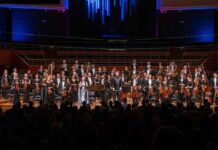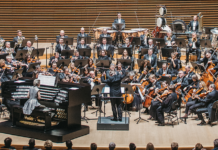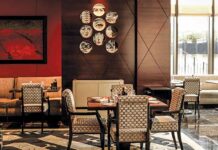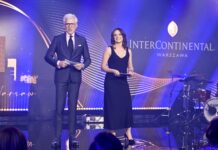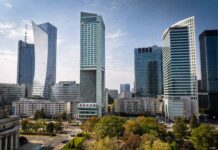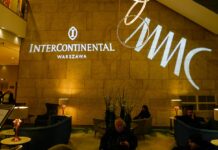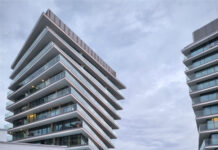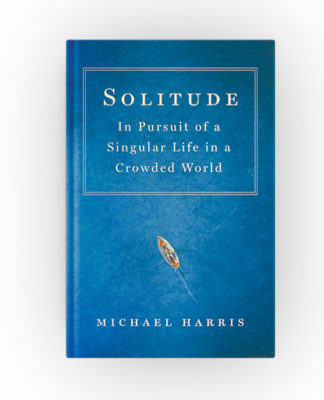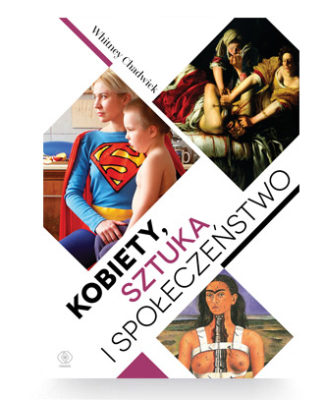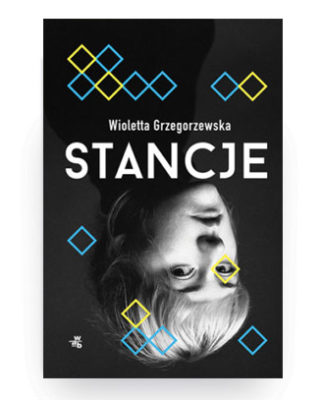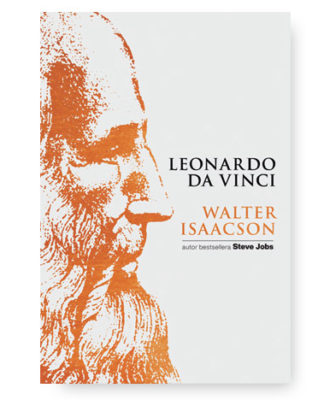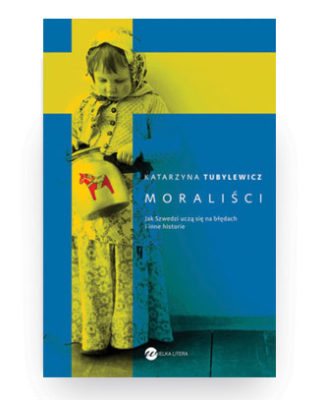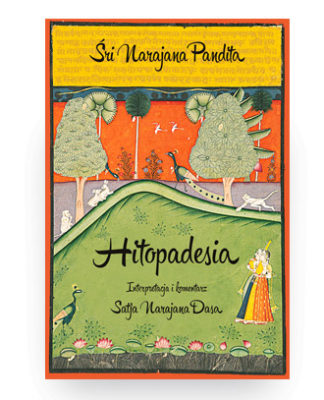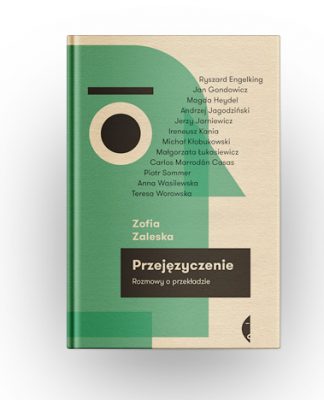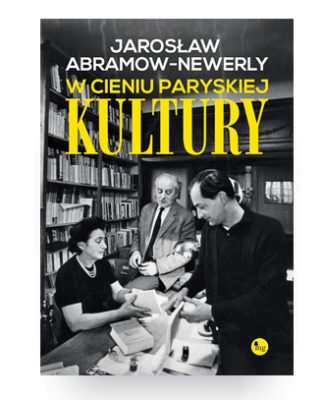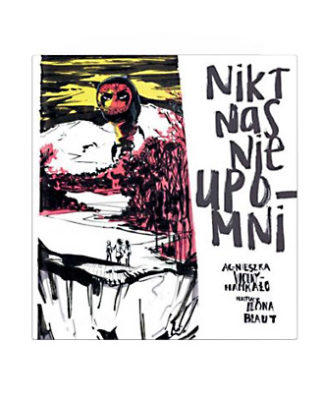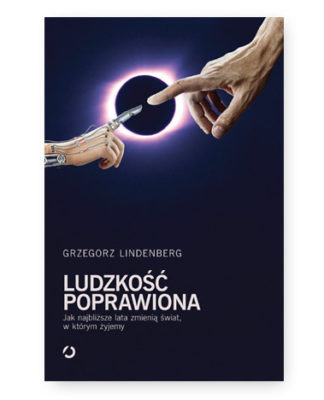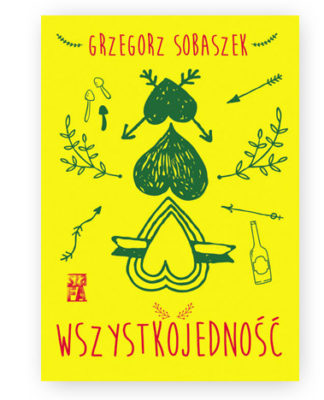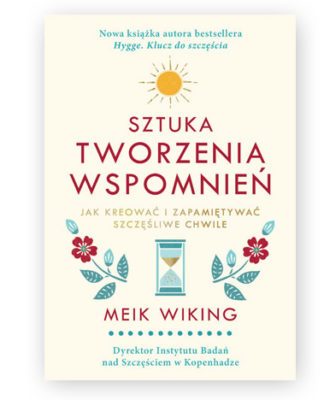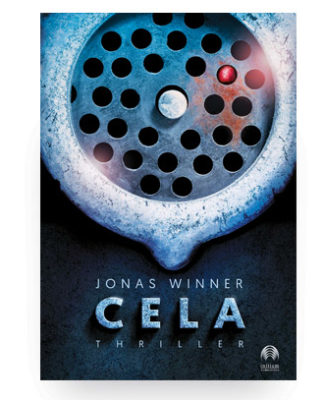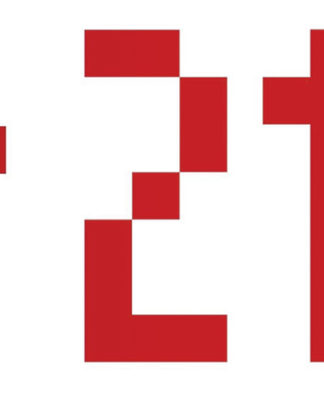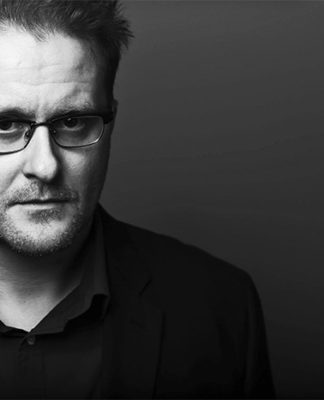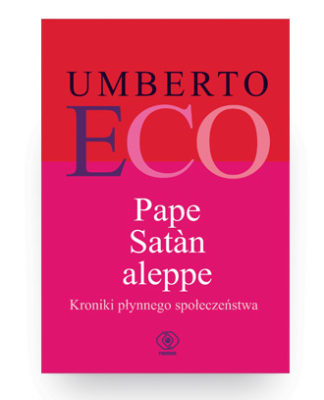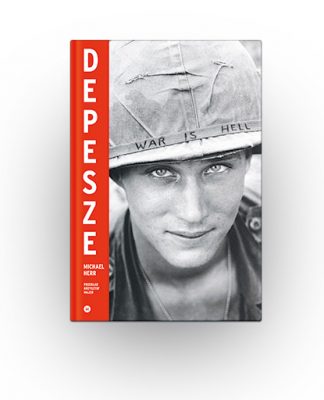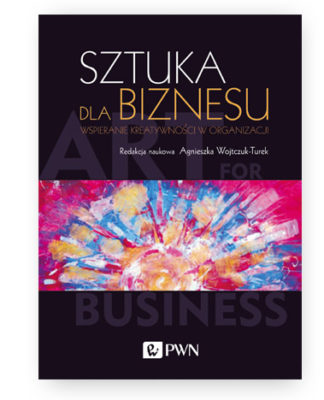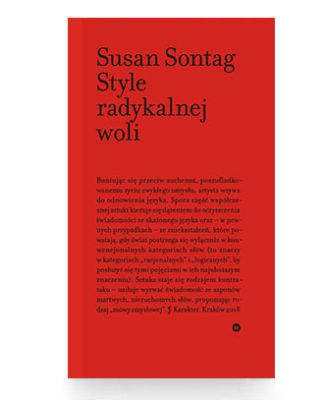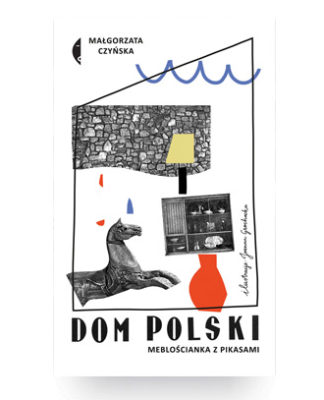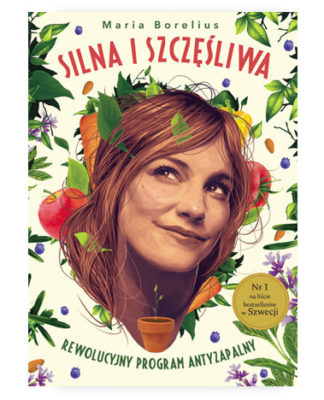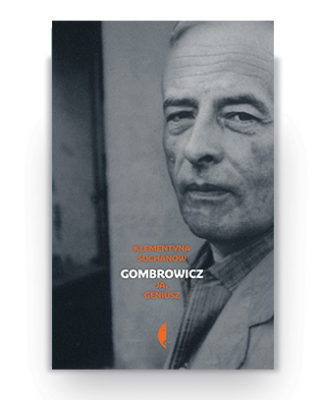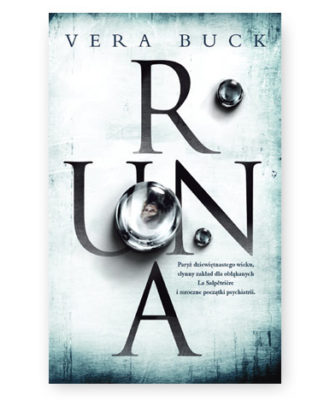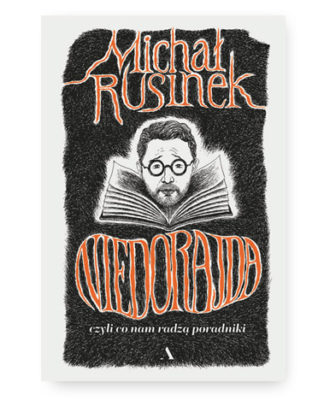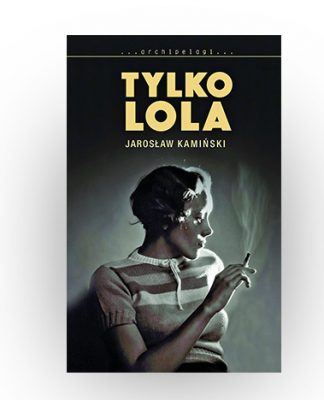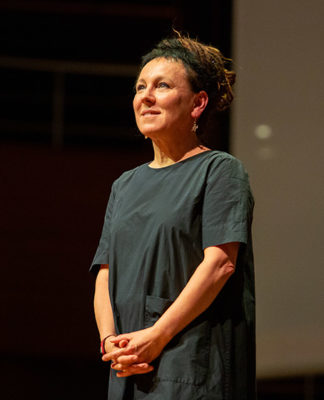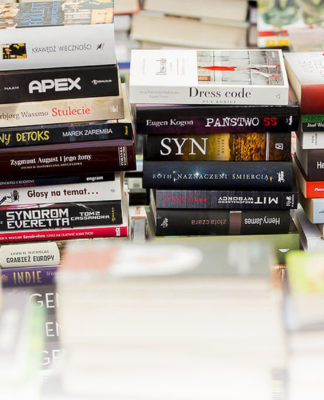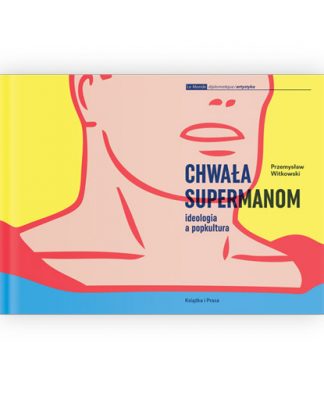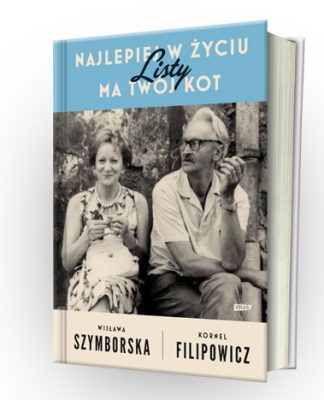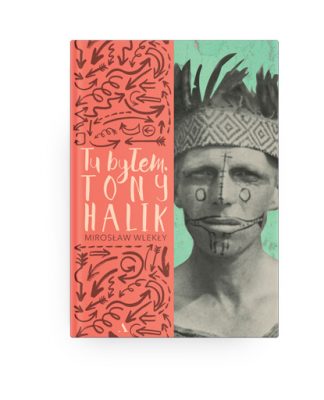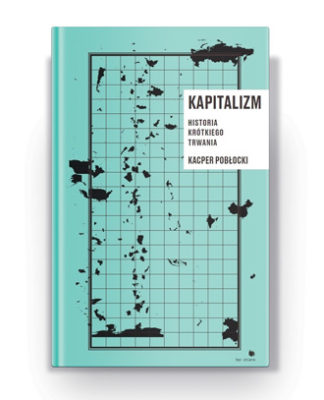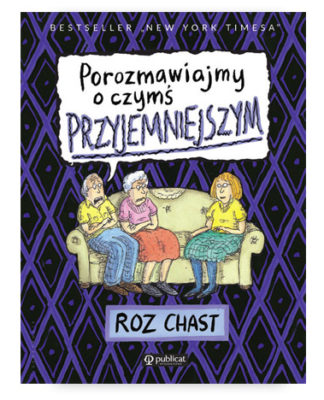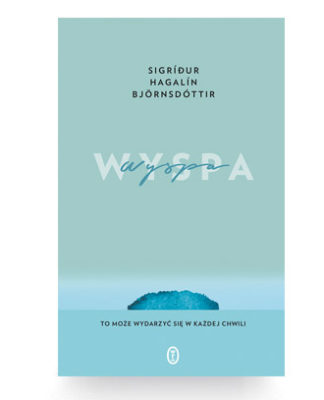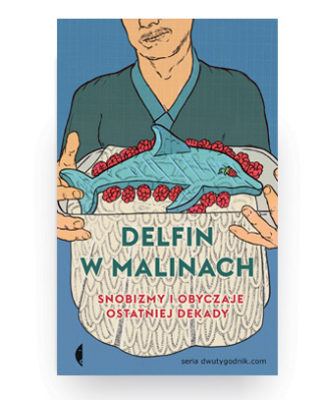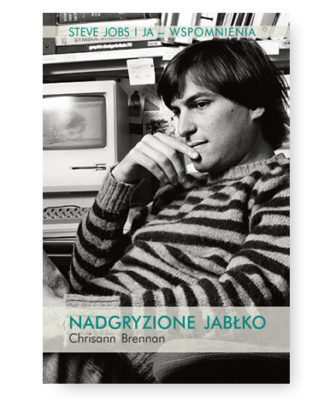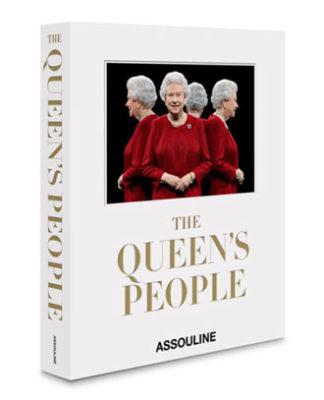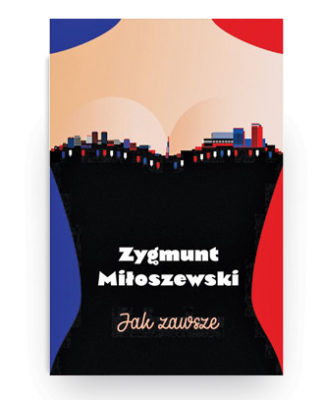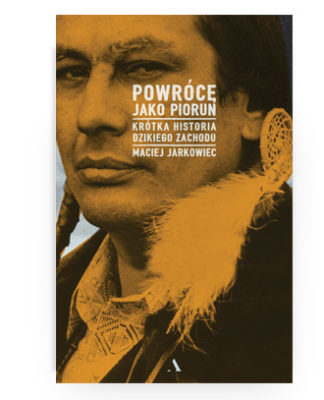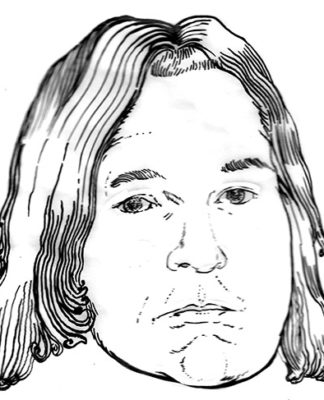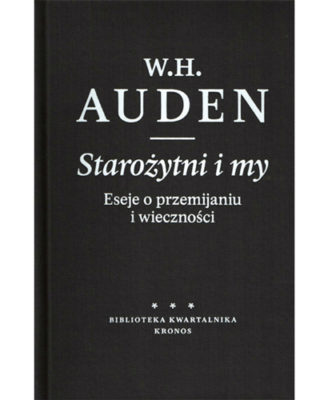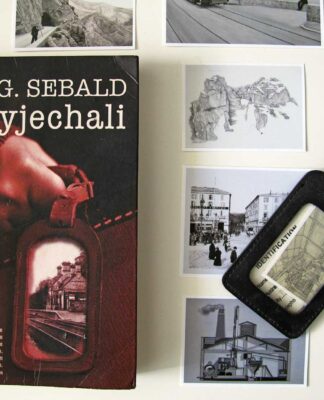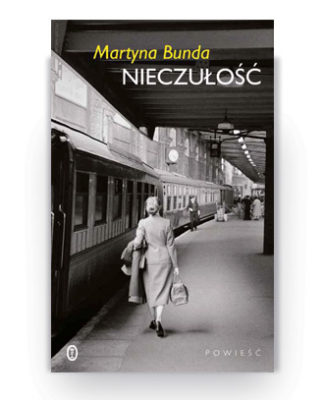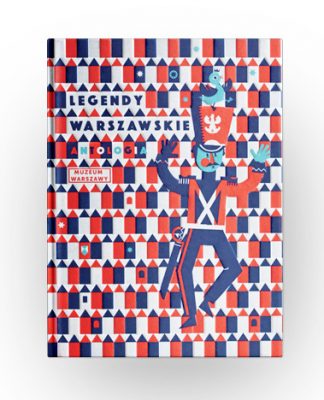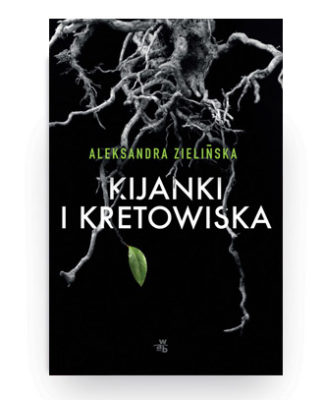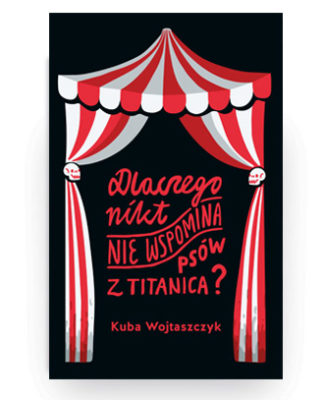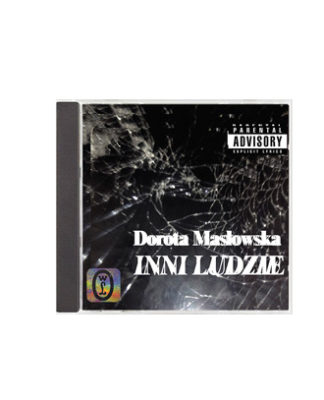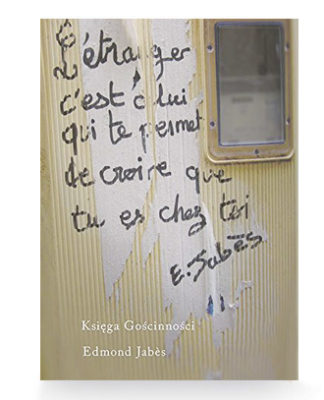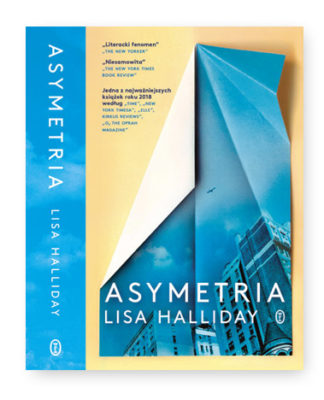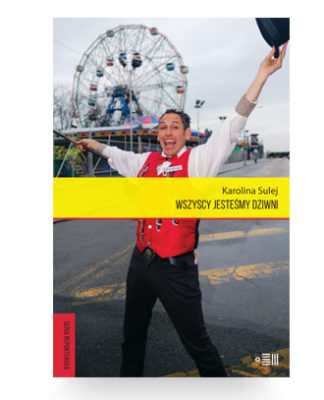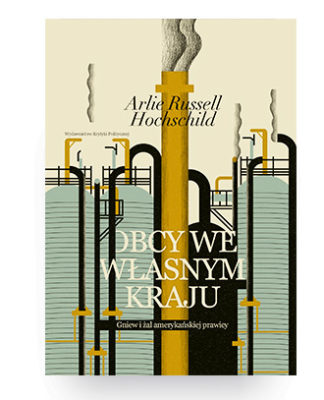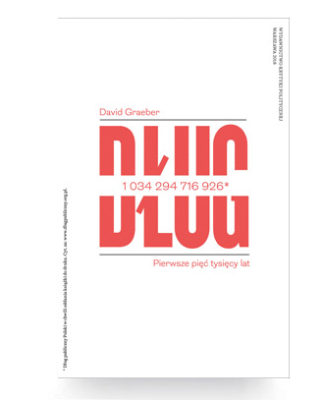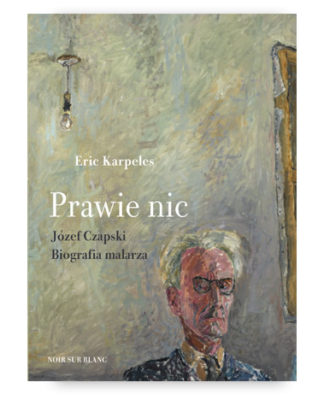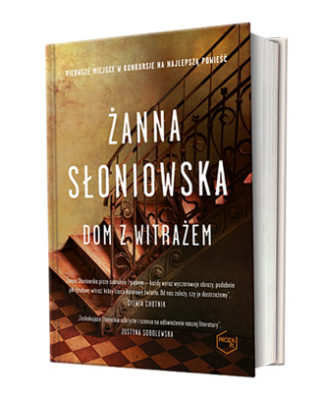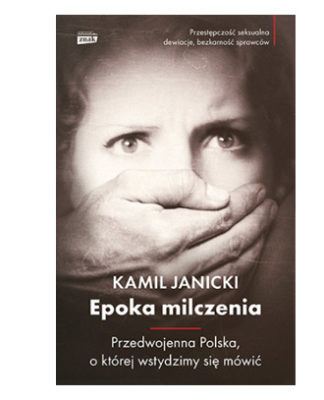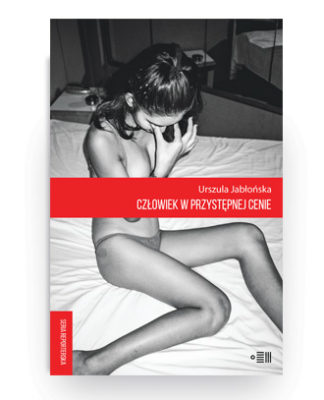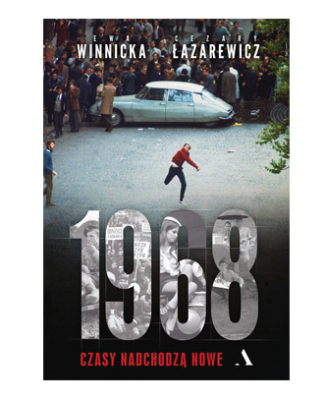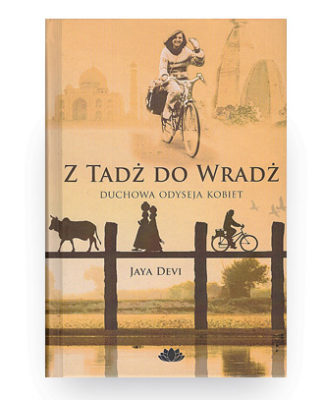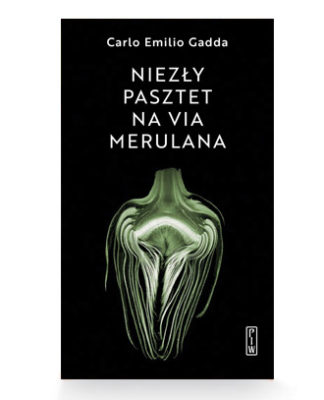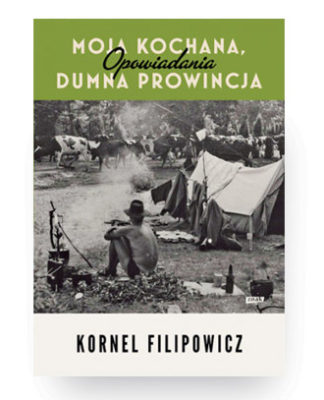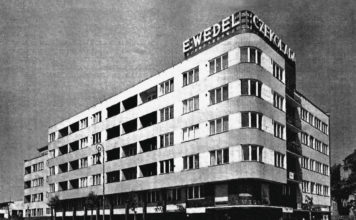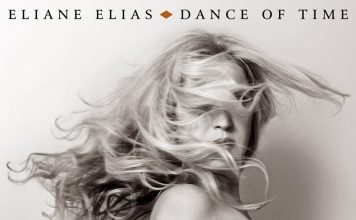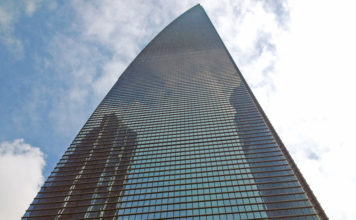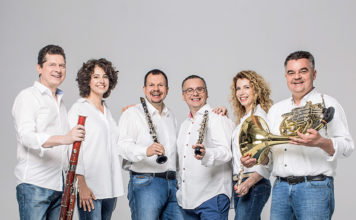Mogę porównać moją muzykę do białego światła, które zawiera wszystkie kolory. Tylko pryzmat może je rozszczepić i sprawić, że się pojawiają; ten pryzmat mógłby być duchem słuchacza – to słynny cytat Arvo Pärta, który stał się inspiracją dla projektu Pamięć i Światło, instalacji w Muzeum Wiktorii i Alberta w Londynie. Podobnie jak dla projektu budynku Centrum Arvo Pärta, w Laulasmaa, pod Tallinem. Z synem kompozytora, Michaelem Pärtem, prezesem Centrum, rozmawiamy o spuściźnie jego ojca.
 Centrum Arvo Pärta / Arvo Pärt Centre, fot. Tõnu Tunnel
Centrum Arvo Pärta / Arvo Pärt Centre, fot. Tõnu Tunnel
Minimalizm? Hesychazm? Jako osoba, której powierzono opiekę nad dziedzictwem ojca, jak opisałbyś jego muzykę?
Te nazwy są autorstwa jego słuchaczy. Chociaż ojciec nawiązuje swoją muzyką do łacińskich tintinnabuli (małe dzwonki), unikałby jednak opisywania jej jednym zdaniem. Tematy, których dotyka, wykraczają poza muzykę i zwykle przenikają do głębszych warstw teologii. Jego twórczość pozwala tekstowi biblijnemu mówić. Bowiem nie można czasami opisać słowami tego, co być może nie jest przeznaczone do opisania.
A jednak to właśnie słowa są podstawą jego muzyki. W 2014 roku Centrum Arvo Pärta opublikowało In Principio. Słowo w muzyce Arvo Pärta. Rozpoczyna je cytat z Jana 1:1 z Biblii Króla Jakuba: Na początku było Słowo…
Tak, jego muzyka jest oparta na tekście. Na wewnętrznej okładce publikacji In Principio jest graficzna partytura Lamentu Adama. W oryginalnej formie ma wysokość formatu A3 i szerokość około 3 metrów. [W ręku trzyma kolorowy schemat łączący fragmenty tekstu, przyp. J.J.A]. Można zobaczyć, że wszystkie teksty są wycinane, kopiowane i wklejane, po czym zaznaczane różnymi kolorami, w zależności od osoby mówiącej. Wybór tekstu, i to jak Arvo z nim pracuje, żeby go zgłębić i zrozumieć, są bardzo ważne. Ojciec opracował własny sposób rozdzielania tekstu na elementy i spojrzenia głębiej w jego zawartość, zanim podejmował się komponowania muzyki. Patrzy na przykład na tekst psalmu, aby zobaczyć, kto i co, mówi. Układa go w akapity, ze szczególnym uwzględnieniem słów wypowiedzianych przez na przykład Jezusa i Apostołów. Każde słowo ma własny kształt i rytm, co w połączeniu z pozycją w wierszu lub zdaniu tworzy kontekst. Słowo dyktuje muzykę. Tintinnabuli Arvo, odnosi się do zbioru reguł i równań, które powodują, że zgodnie z techniką kontrapunktu, linie melodyczne są ze sobą powiązane. Wszystko to jest matematyczne i intuicyjne jednocześnie. Połączenie słów i melodii staje się jednością fonetyczną. Przechodzi w górę i w dół zgodnie z sylabami, ich rytmem i Słowem. Nawet utwory instrumentalne bez części śpiewanej mają teksty, które teoretycznie można śpiewać. To podejście uniwersalne, gdzie obecność chóru nie jest bezwzględnie wymagana.
Arvo Pärt przyrównał swoją muzykę do białego światła. Jego warstwy i barwy słuchacz może zobaczyć jak przez pryzmat. Zainspirowało to twórców instalacji Pamięć i Światło w Music Room w Norfolk House w Muzeum Wiktorii i Alberta. Jak zareagowałeś, kiedy po raz pierwszy zobaczyłeś projekty idei twojego ojca?
Clare Farrow, kuratorka wystawy, znalazła właściwą drogę, wybierając taki cytat. Jesteśmy bowiem w barokowej przestrzeni Muzeum Wiktorii i Alberta, z tak dużą liczbą złotych ornamentów, że trudno je sobie wyobrazić. Instalacja jest kontrastem do całej tej ornamentyki. To tak, jakby próbować znaleźć jakąś zaletę w zatłoczonym świecie. Ten sam pomysł co w przypadku pryzmatu w kompozycji mojego ojca.
Mówimy o manifestacji idei połączonej z muzyką, która jest nierozerwalnie związana ze słowem. Widzę podobieństwa w eterycznych liniach projektu Clare Farrow i projekcie Nieto Sobejano, budynku Centrum Arvo Pärta pod Tallinem. Choć nie porównuję Arvo Pärta do Wagnera, odnoszę jednak wrażenie, że przenosimy się w obszar Gesamtkunstwerk – dzieła totalnego – działającego na każdy zmysł, holistycznego.
To jest analogia, o której czasem mówią słuchacze muzyki Arvo. Zamierzeniem było skuteczne pobudzanie zmysłów, w możliwie najbardziej wyrafinowany sposób. Dokładnie to samo dotyczy instalacji w Muzeum Wiktorii i Alberta. Działa na zmysły i to od kuratorki zależy, by znaleźć równowagę pomiędzy nimi. Myślę, że w Pamięci i Świetle świetnie się to udało.
 Pamięć i Światło – Arvo Pärt i Arup, fot. Andy Stagg / Prezentowane przez Harman Kardon / Obsługiwany przez markę Perspex®, Estonia 100, Hiscox / Kuratorka: Clare Farrow z muzyką za zgodą ECM Records.
Pamięć i Światło – Arvo Pärt i Arup, fot. Andy Stagg / Prezentowane przez Harman Kardon / Obsługiwany przez markę Perspex®, Estonia 100, Hiscox / Kuratorka: Clare Farrow z muzyką za zgodą ECM Records.
Pamięć i Światło pozwala odwiedzającym nie tylko usłyszeć, ale także zobaczyć i poczuć muzykę Arvo Pärta. Projekt nowego budynku Centrum Arvo Pärta w Laulasmaa, również próbuje nadać fizyczną formę dziełu twojego ojca, które wcześniej on sam opisał w kategoriach architektonicznych takich jak światło, geometria i rytm. W jaki sposób Centrum umożliwi zwiedzającemu spotkanie z muzyką?
Jeśli to Słowo jest dla ciebie punktem odniesienia, to jest wiele elementów, które się z nim łączą. Muzyka jest jednym z nich, kolejną warstwą, do której docierasz. Słuchacz może zdecydować, co chce wynieść z wizyty w Centrum dla siebie. Zwiedzający mogą uczestniczyć w koncercie, w rozmowie z kuratorem lub w seminarium. Mogą też po prostu czytać książkę lub słuchać swojej muzyki w słuchawkach.
Dorastałeś otoczony twórczością ojca. Jakie są twoje najwcześniejsze doświadczenia związane z muzyką?
Zawsze była obecna. Tak naprawdę nie pamięta się swojego pierwszego kroku ani smaku pierwszego banana. Jest takie powiedzenie, że dzieci na początku wiedzą wszystko, ale w procesie edukacji oduczają się tego. Pamiętam, kiedy pierwszy raz świadomie zdałem sobie sprawę z tego, co się wokół mnie dzieje. W tym momencie zrobiłem już pierwszy krok w procesie oduczania się . Muzyka była w domu wszędzie, w naturalny sposób. Na ścianach i na kuchennym stole, wokół widziałem partytury, szkice. Czasem podróżowa-łem z rodzicami, jeśli mieli próbę lub koncert, który nie był zbyt daleko, albo łączyliśmy te wyjazdy z wakacjami szkolnymi i ja po prostu plątałem się pomiędzy nimi. To był bardzo prosty i normalny sposób na życie moich rodziców. Żyją tak do dzisiaj. Wspólnie pracujemy nad ideą Centrum.
W jaki sposób rodzice przyjmują uwagę mediów skupionych na muzyce twojego ojca i otwarciu Centrum?
Kiedy mieszkaliśmy w Berlinie, w miarę jak zaintereso-wanie twórczością ojca rosło, wycofali się z publicznego życia, aby chronić swoją prywatność na tyle, na ile było to możliwe (i konieczne). W dobie wszechobecnej informacji i wraz z otwarciem Centrum, ten proces wycofywania się jest trochę osłabiony. Moi rodzice słusznie postanowili zachować swoje środowisko twórcze nienaruszone, bo to bardzo delikatny obszar. Trzeba starannie wybierać otoczenie, w którym chcemy i możemy być kreatywni, ponieważ podlegamy wpływom środowiska, w którym żyjemy.
 Centrum Arvo Pärta / Arvo Pärt Centre, fot. Tõnu Tunnel
Centrum Arvo Pärta / Arvo Pärt Centre, fot. Tõnu Tunnel
Centrum jest także miejscem pracy twojego ojca. Tworzy tam i jest dostępny dla publiczności. Zapewne będzie musiał znosić wiele nieoczekiwanych sytuacji.
10 – 15 lat temu, po upadku Żelaznej Kurtyny w latach 90., moi rodzice wrócili z Niemiec do Estonii, która ponownie odzyskała niepodległość i była miejscem, w którym można było kultywować swoją twórczość. Można zadać sobie pytanie, jak zachować dziedzictwo rodziców, jakie kroki powinno się podjąć, aby skutecznie zabezpieczyć przyszłość. Co zrobić ze spuścizną rodziców, jak i komu o niej mówić, i co mówić, zachować ją dla siebie czy upublicznić. Najłatwiej jest powiedzieć: Zrobię to, co zrobię. Nie martwię się o jutro. Po prostu martwię się o tu i teraz.
Mamy bardzo dużo materiałów, które rodzice gromadzili przez lata: pamiętniki, rękopisy, notatki, teksty, korespondencja, grafiki, partytury, itp. Archiwum jest rdzeniem naszej fundacji, a niektóre materiały, zwłaszcza pamiętniki, wymagają opracowania. Od 10 lat współpracujemy z Arvo na bieżąco, nad dopisaniem kontekstów do jego zapisków w pamiętnikach. Zapisuje w nich nie tylko muzykę, ale także teksty, własne myślii cytaty z książek.
Arvo Pärt wciąż jednak komponuje, ale również zmienia starsze utwory.
Nasze archiwum jest żywe, zmienia się codziennie. Teoretycznie Arvo mógłby wejść do archiwum i wyrwać jakąś stronę z rękopisu. Można sobie tylko wyobrazić, co powiedziałby archiwista na widok brakującego fragmentu w oryginalnym tekście. Dzieje się tak ponieważ to żywa spuścizna. Autor może przyjść i powiedzieć, że już nie lubi czegoś, co napisał dziesięć lat wcześniej, choć to jest już zeskanowane, zarchiwizowane, zdigitalizowane i wprowadzone do bazy danych. Wtedy nasze archiwum wzbogaca się o nową, inną, i też oryginalną wersję. I na tym nam zależy.
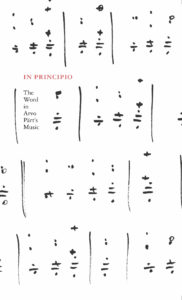
In Principio. Słowo w muzyce Arvo Pärta można teraz kupić na stronie internetowej:
https://www.arvopart.ee/en/arvo-part/publications/in-principio/
![]()
ARVO PÄRT BY PÄRT
I could compare my music to white light, which contains all colours. Only a prism can divide the colours and make them appear; this prism could be the spirit of the listener – this famous Arvo Pärt quote, became the inspiration for Memory and Light, an installation at London’s V&A, as well as for the the new Arvo Pärt Centre in Laulasmaa near Tallinn. We talk to Michael Pärt, Chairman of the Arvo Pärt Centre, about his father’s legacy.
Text: Jansson J. Antmann
 Arvo Pärt and Michael Pärt lay the cornerstone of the new building of the Arvo Pärt Centre in 2017 / Arvo Pärt i Michael Pärt kładą kamień węgielny centrum Arvo Pärta w 2017 roku. Fot. Priit Grepp
Arvo Pärt and Michael Pärt lay the cornerstone of the new building of the Arvo Pärt Centre in 2017 / Arvo Pärt i Michael Pärt kładą kamień węgielny centrum Arvo Pärta w 2017 roku. Fot. Priit Grepp
Minimalism, Hesychasm. As someone responsible for stewarding your father’s legacy, how would you describe his music?
These descriptions are given by his listeners. Although he refers to the style of his music by the Latin tintinnabuli (little bells), he will usually shy away from describing his music in a one-sentence synopsis. The topics that he touches go beyond music and usually delve into deeper layers of theology. He lets the biblical text speak for itself and the music with it. You can’t simply describe in words what might not be meant to be described.
And yet words are fundamental to Arvo Pärt’s music. In 2014, the Arvo Pärt Centre published In Principio. The Word in Arvo Pärt’s Music. It opened with a quote from John 1:1 in the King James Bible: In the beginning was the Word…
Yes, it is text driven. There is a graphical score for ‘Adam’s Lament’ on the inside cover of the In Principio publication. In its original form, it is A3 in height and about 3 metres wide. [Holds up a colour schematic linking blocks of text]. You can see that all the texts are copied out, cut up and pasted before being marked up in different colours depending on the speaker of the text. The choice of text is very important, as well as how Arvo lives with the text in order to digest it and understand it. He has developed his own way of separating the text into its components and looking deeper down into the fabric of the content before taking steps towards composing music. For example, he looks at the text of a psalm in order to see who says what. He structures it into paragraphs, with special interest given to words said by Jesus and the Apostles for example. Each word in itself also has a shape and rhythm, which, combined with its position within the verse or sentence creates context. The word dictates music. Arvo’s tintinnabuli refers to a set of rules and equations which bring the melodic and accompanying counterpoint into a particular relationship with each other. It’s all mathematical and at the same time intuitive. The combination of words and the melody becomes a phonetic unity. It goes up and down according to syllables, their rhythms and the Word. Even instrumental pieces without a sung part have written texts, which you could sing in theory, but you’re not meant to. It is a unifying approach that is not choral dependent.
 Centrum Arvo Pärta / Arvo Pärt Centre, fot. Tõnu Tunnel
Centrum Arvo Pärta / Arvo Pärt Centre, fot. Tõnu Tunnel
Arvo Pärt has likened his music to white light, the colours of which can only be discerned by the listener as prism. This inspired the installation Memory and Light in the V&A’s Norfolk House Music Room. How did you react when you first saw the designs for this physical manifes-tation of your father’s idea?
Clare Farrow, this exhibition’s curator, chose the correct path in my opinion – to take this quote. In this case we are in a baroque space at the V&A with more baroque gold ornaments than you could possibly imagine. The installation is a great contrast to all the ornamentation. It’s like trying to see virtue in a busy world. It’s the same idea as with the prism or indeed my father’s compositions in the first place.
We are talking about the physical manifestation of an idea, coupled with music that is intrinsically linked to the word… and I see commonalities emerging in the ethereal lines in Clare Farrow’s project and the Nieto Sobejano design for the new Arvo Pärt Centre. I loathe to compare Arvo Pärt to Wagner, yet I get the impression that we are moving into the realm of the ‘Gesamtkunstwerk’, where every sense is touching in one holisitic piece.
Yes, this is sometimes the analogy listeners of Arvo’s music use. It’s about successfully addressing the senses that you want to address, in the most dignified way possible. In fact, that’s exactly what happens at the V&A installation as well. Certain senses are being touched and it’s up to the curator to find a balance between them. I think Memory and Light has succeeded in that.
 Memory & Light by Arvo Pärt and Arup, fot. Andy Stagg / Presented by Harman Kardon / Supported by Perspex® Brand, Estonia 100, Hiscox / Curated by Clare Farrow with music by kind permission of ECM Records.
Memory & Light by Arvo Pärt and Arup, fot. Andy Stagg / Presented by Harman Kardon / Supported by Perspex® Brand, Estonia 100, Hiscox / Curated by Clare Farrow with music by kind permission of ECM Records.
Memory and Light enables visitors to not only hear, but also see and feel Arvo Pärt’s music. Similarly, the design for the new building of the Arvo Pärt Centre in Laulasmaa attempts to give a physical form to your father’s work, which he himself has previously described in architectural terms such as “light”, “geometry” and “rhythm”. How will the Centre enable a meeting between visitor and music?
If you think of the core as the Word, then you have lots of other elements around it. Music is just one of the many other layers you reach. The listener can find their own point of reference and decide what they want to take away from their visit. They may attend a concert, or a curated talk or seminar. They may simply read a book or listen to music privately on headphones.
Growing up surrounded by your father’s work, what are your own earliest memories of music?
It’s always been there. You don’t remember your first step or the taste of your first banana. There is a saying that children know everything at first and then unlearn it going through the educational system. I remember when I was first consciously aware of what was going on around me. At that point, I’d already taken the first step of unlearning. At the same time, it was very natural because at home music was everywhere. There were graphical outlines and overviews on the walls and on the kitchen table. Some-times I travelled with my parents, if they had a rehearsal or concert which wasn’t too far, or we’d combine it with the school holidays and I’d hang around. It was a very simple and normal way of life for my parents and they continue to live like that today. We are working together on the idea of this Centre.
How do your parents reconcile the media attention that surrounds your father’s music and the opening of the Centre?
When we lived in Berlin, they increasingly acknowledged the way the music was being received. As that grew, they withdrew from the public eye to keep their lives to themselves as much as was realistically possible (and necessary). In today’s information age and with the opening of the centre, there are certain elements that undermine this process of self-preservation. My parents quite rightfully chose to keep their creative environment intact, because it is a very fragile place. We really need to choose our environment in which to be creative, because we as human beings are all affected by our environments.
 Centrum Arvo Pärta / Arvo Pärt Centre, fot. Tõnu Tunnel
Centrum Arvo Pärta / Arvo Pärt Centre, fot. Tõnu Tunnel
Part of the Centre is a work space for your father. He’s actively working there and it’s open to the public. It’s safe to assume this will expose him a lot more. How’s that going to work?
10 – 15 years ago, my parents moved back to Estonia from Germany following the fall of the Iron Curtain in the 90s and Estonia regaining its independence once again. It was a place where one could start cultivating a presence. If we look at the bigger picture, the question arises as to how to preserve my parents’ legacy. And you ask yourself, which steps you want to take to secure its long-term future successfully. What is it that this legacy should do? How and to whom should it speak? What should it say? Should it be public or private. The easiest thing is to say, “I’ll just do what I do. I’m not worried about tomorrow. I’m just concerned with the here and now.”
There are many materials that my parents have collected over years, such as diaries, manuscripts, notes, texts, correspondence, graphical outlines, etc. The archive is the core of our foundation and some of its items, especially diaries, need interpretation. For the last ten years, we’ve been working with Arvo on a regular basis, to explain the context of jottings in his diaries. He notes down not only music, but also texts, his own thoughts, and quotes from books.
Arvo Pärt is still actively composing new pieces and reworking older ones.
Our archive is very much alive. It changes every day. Theoretically, Arvo could come in and rip out a page. You could only imagine what the archivist would say after seeing that a page was missing from an original manuscript… It works that way because it is a living legacy. The author can come in and say that he no longer likes something he wrote ten years earlier. And it’s already been scanned, archived, digitised and entered into the database. Then our archive is enriched by a new, different and original version as well. That is what we care about.

In Principio. The Word in Arvo Pärt’s Music is available now at:
https://www.arvopart.ee/en/arvo-part/publications/in-principio/




 Współczesne dramaty
Współczesne dramaty Present-day dramas
Present-day dramas



